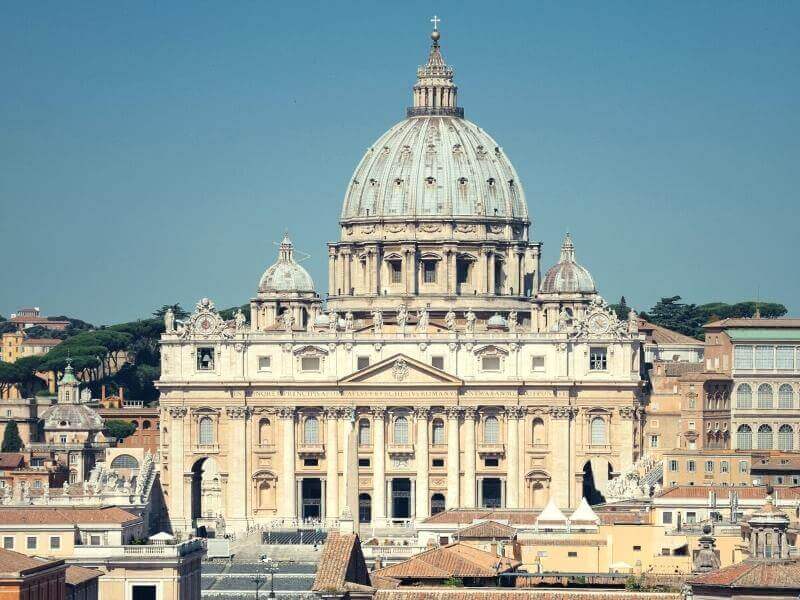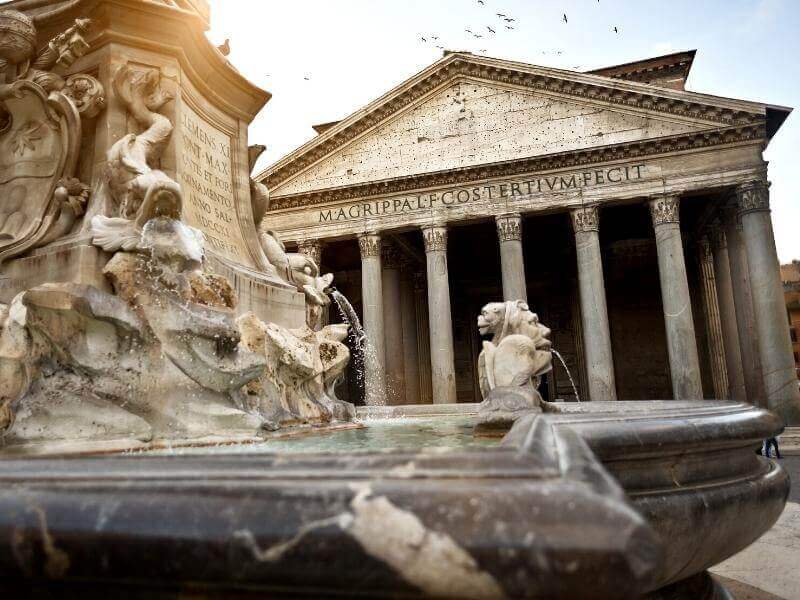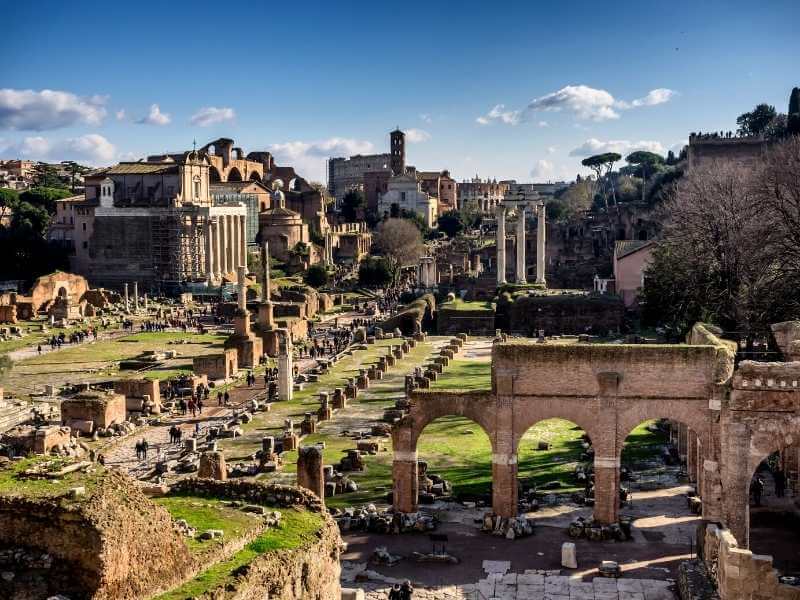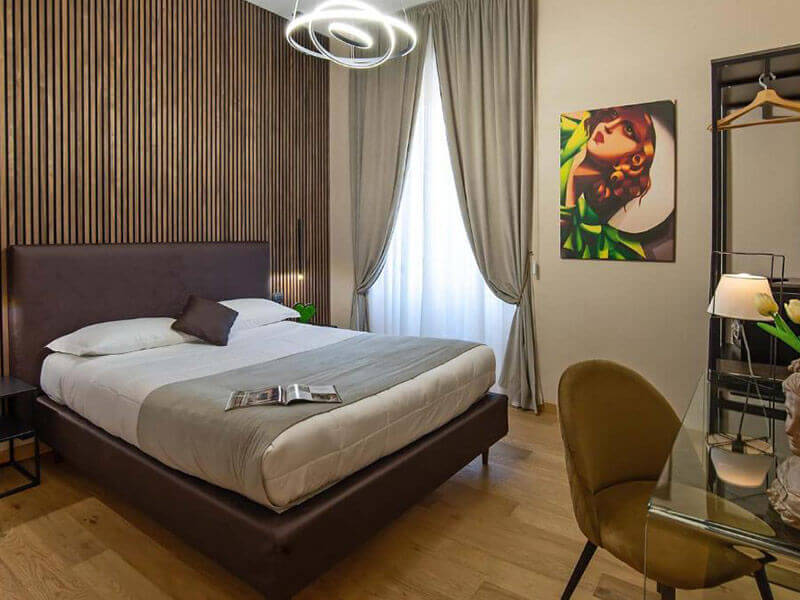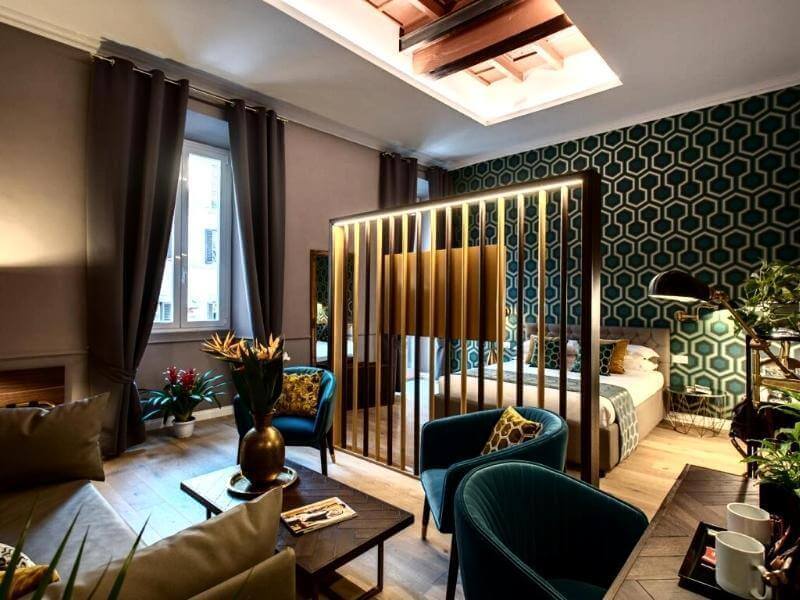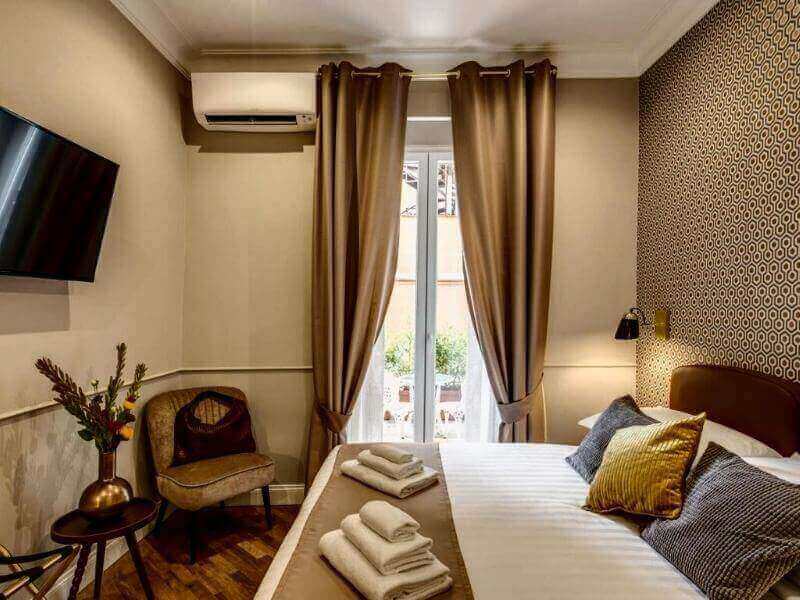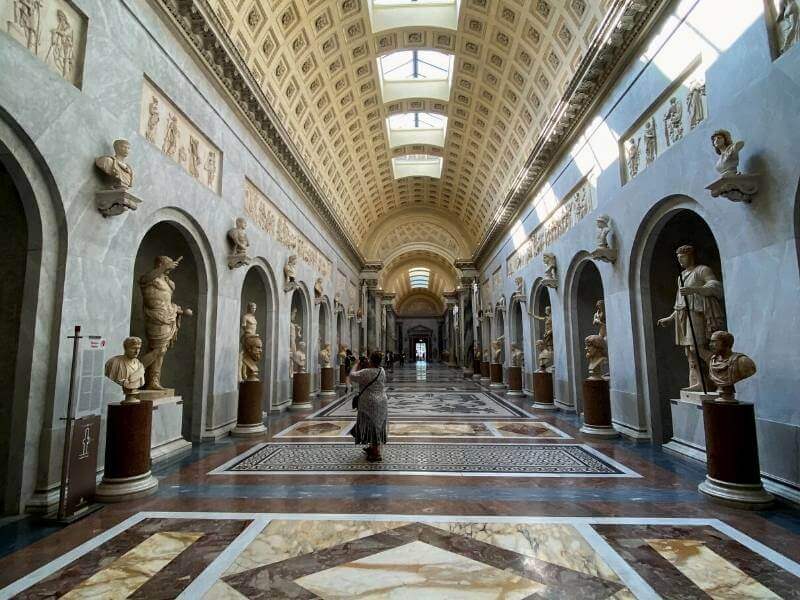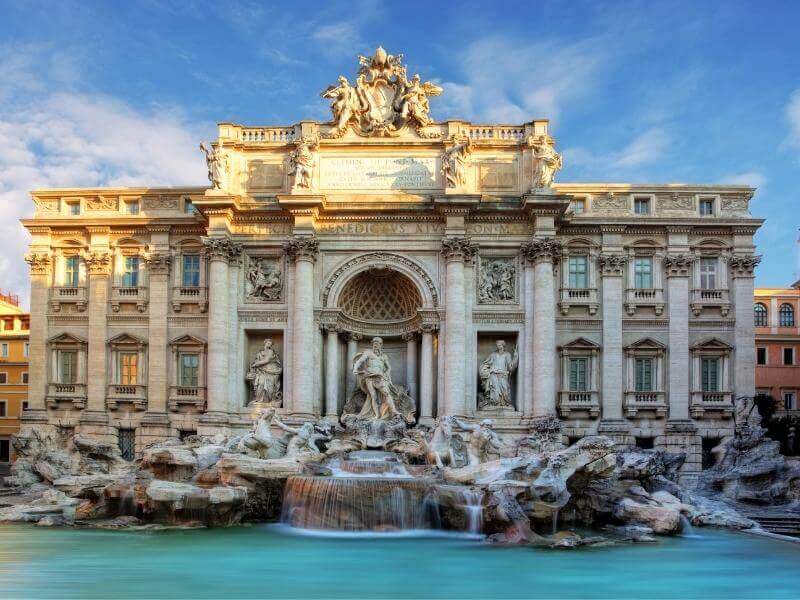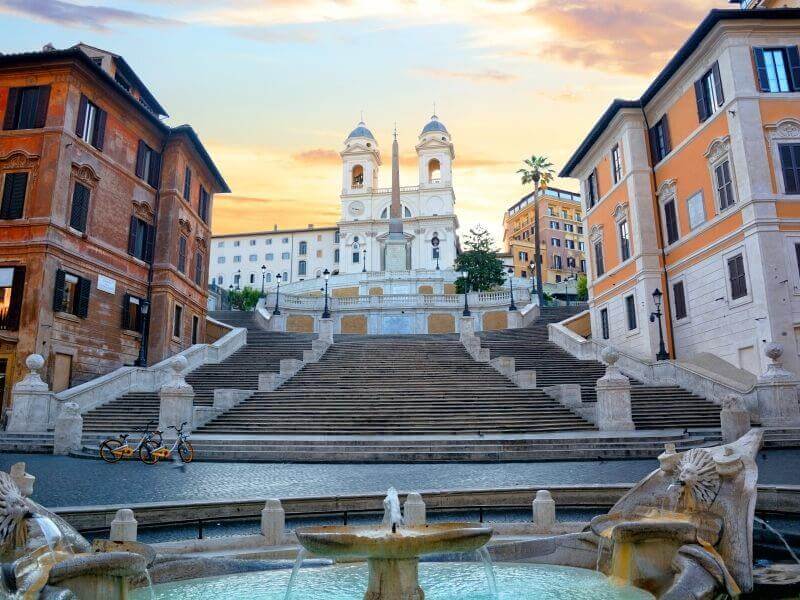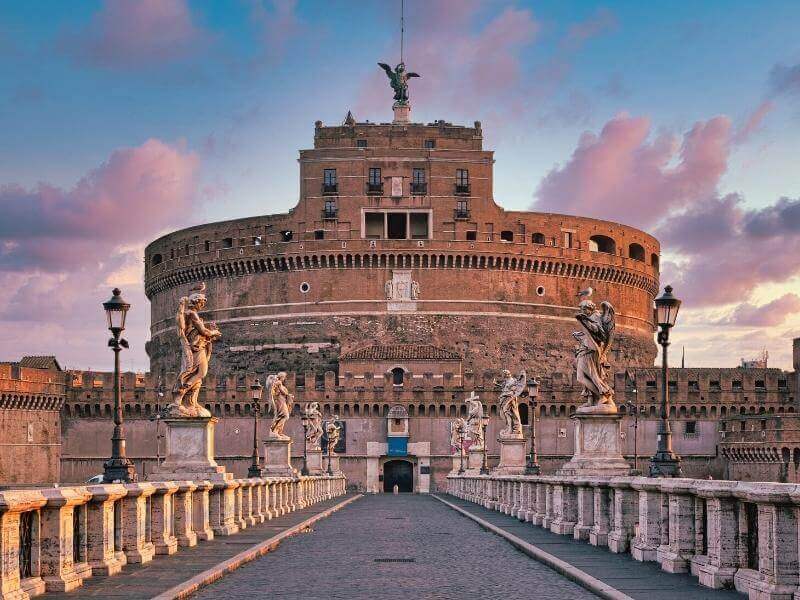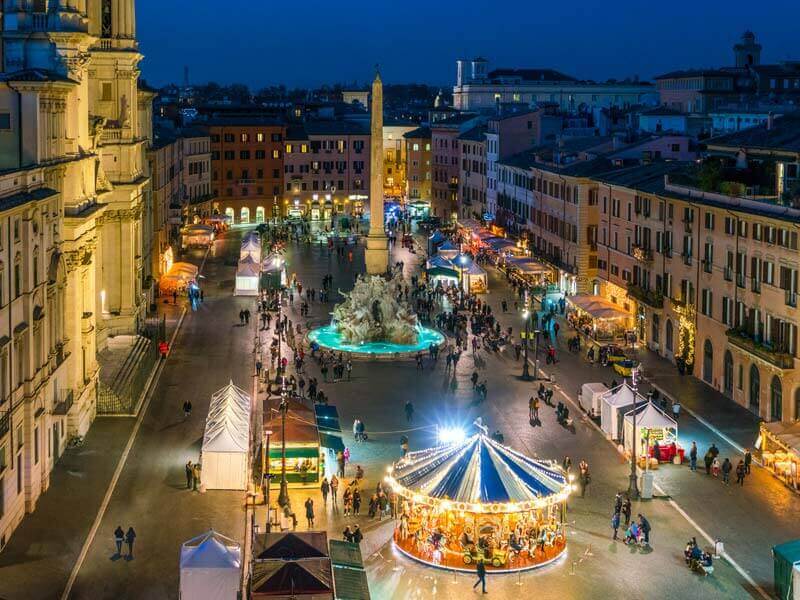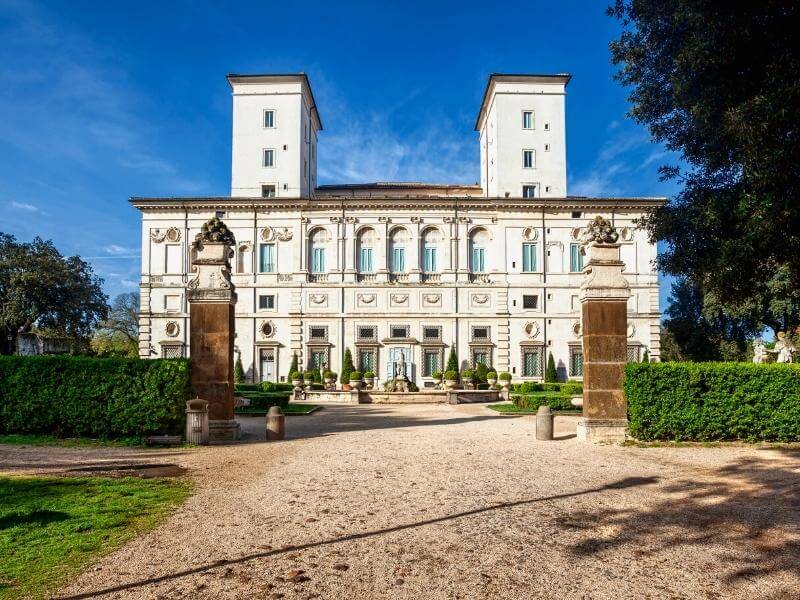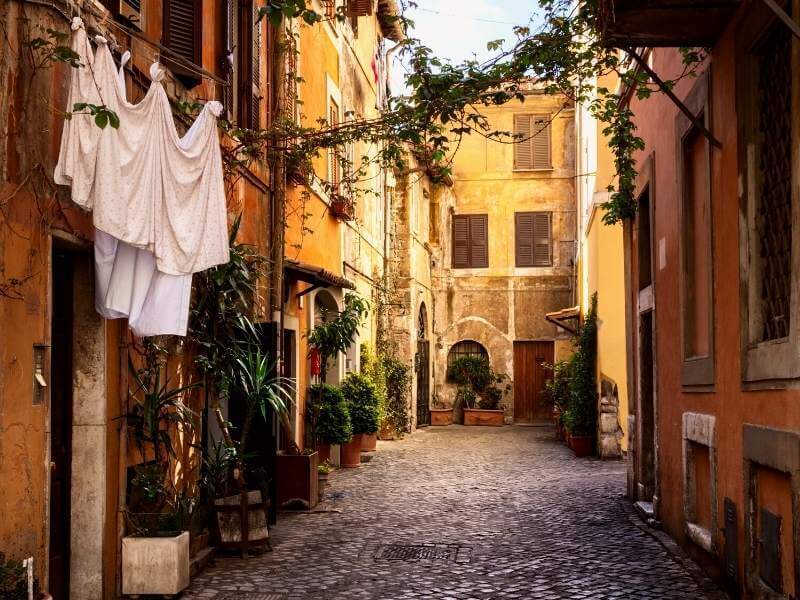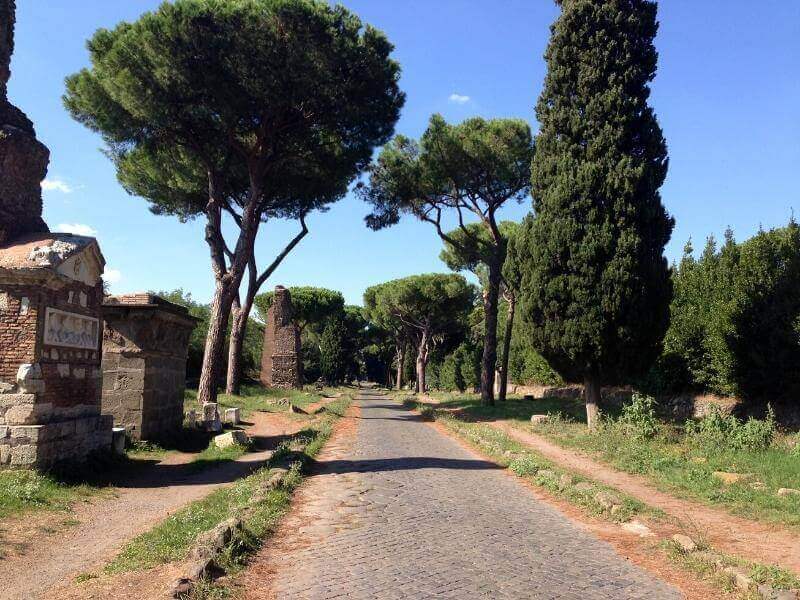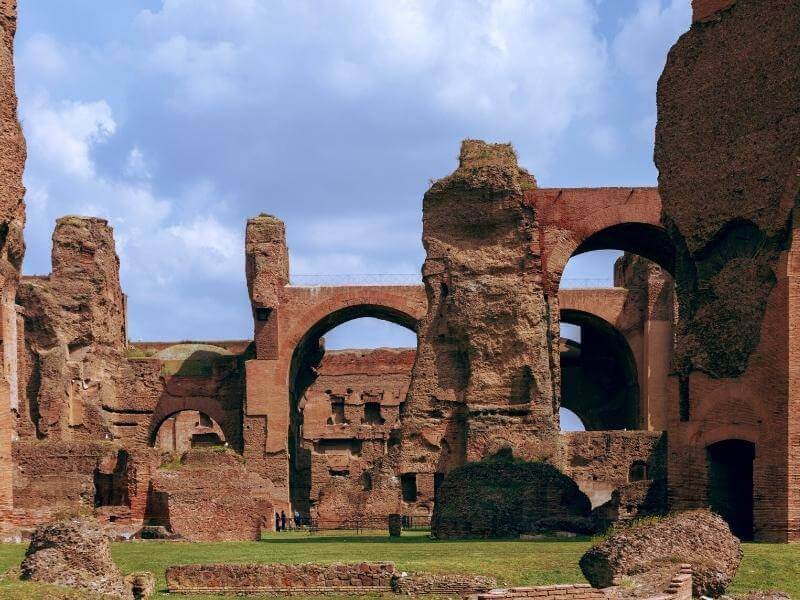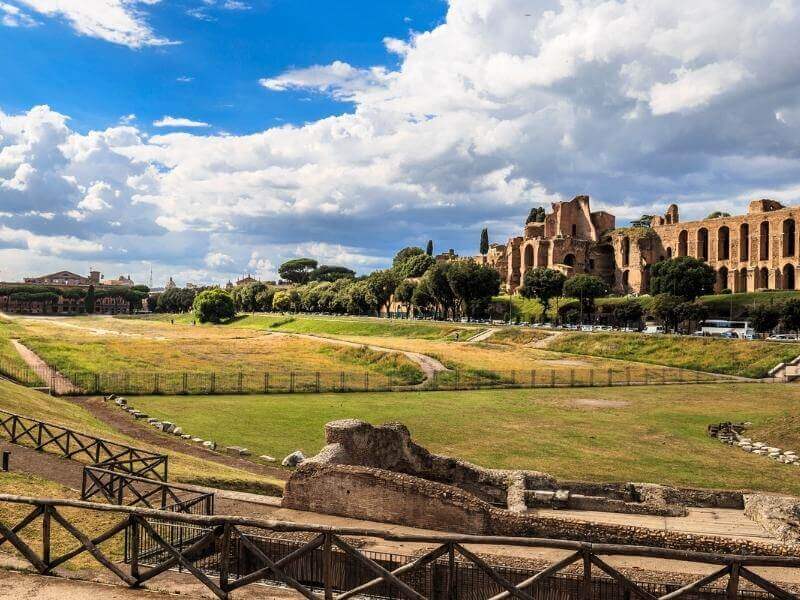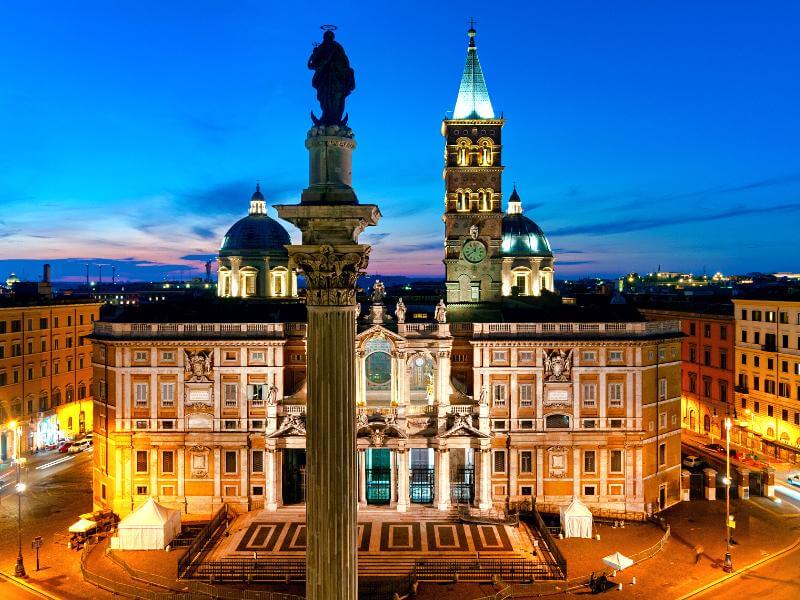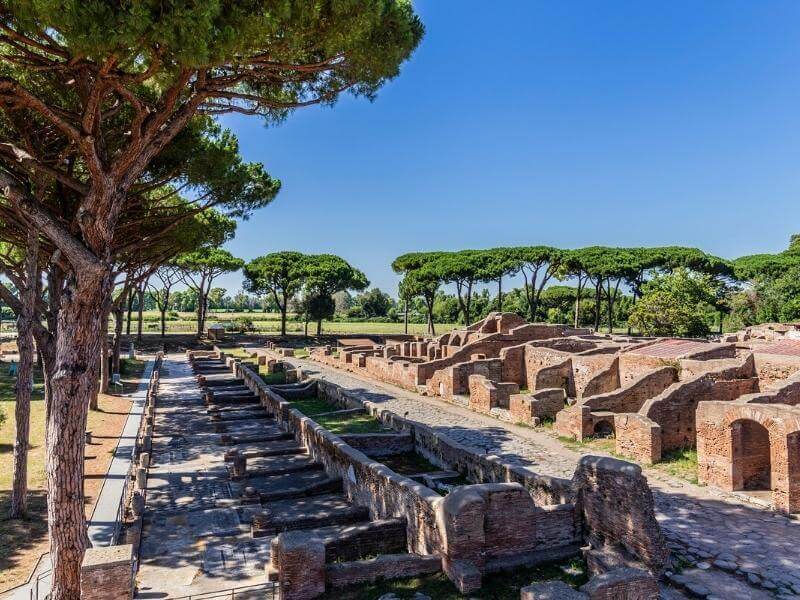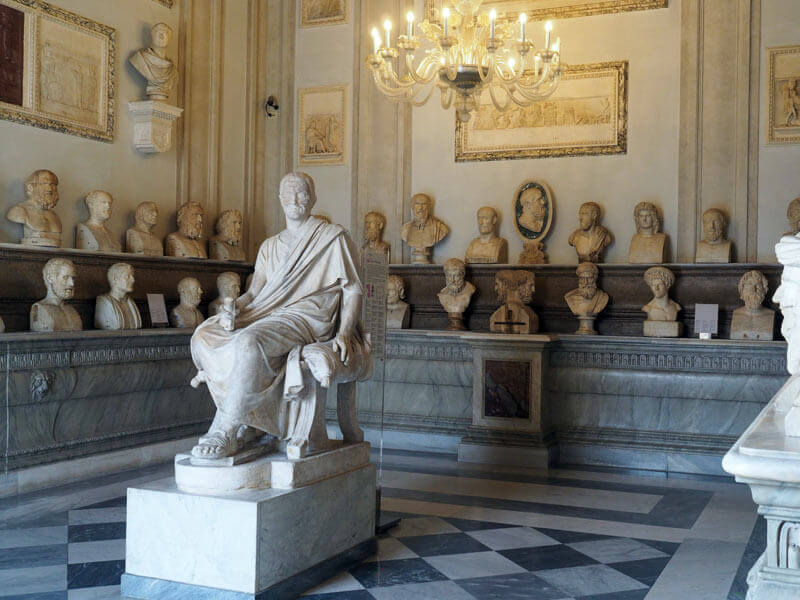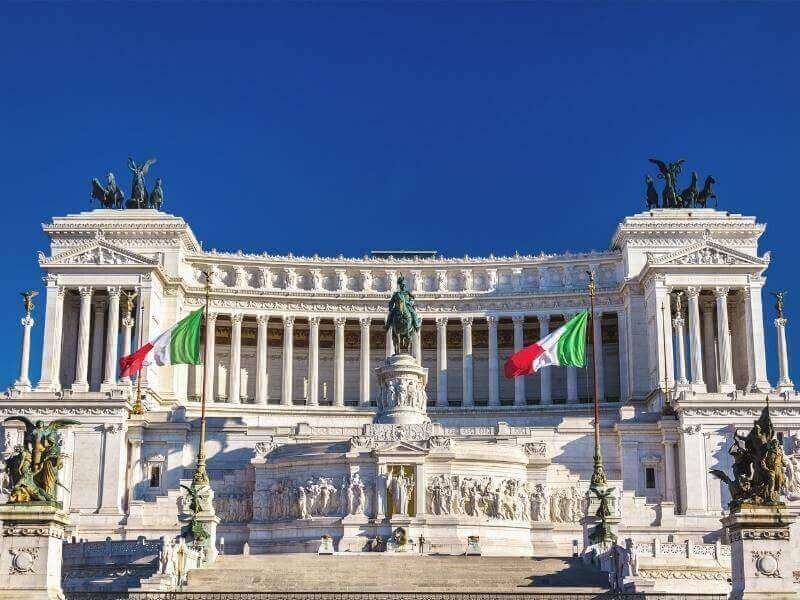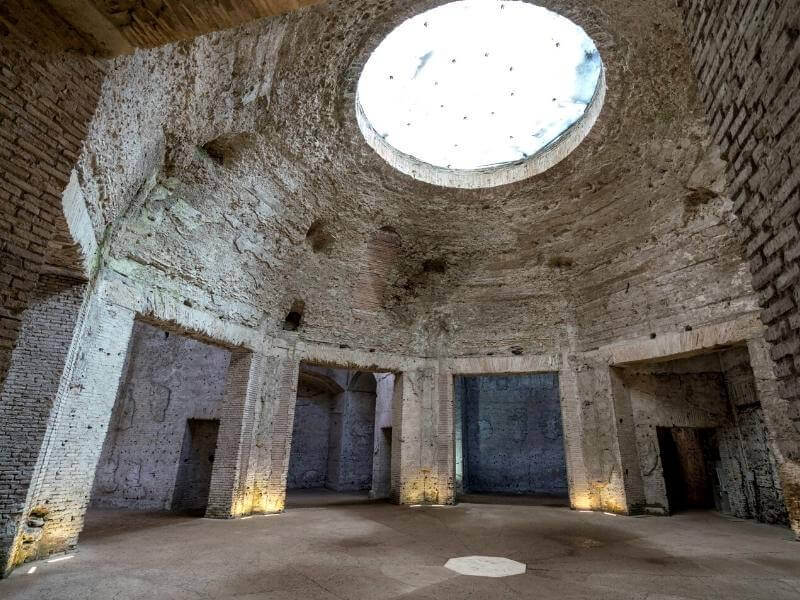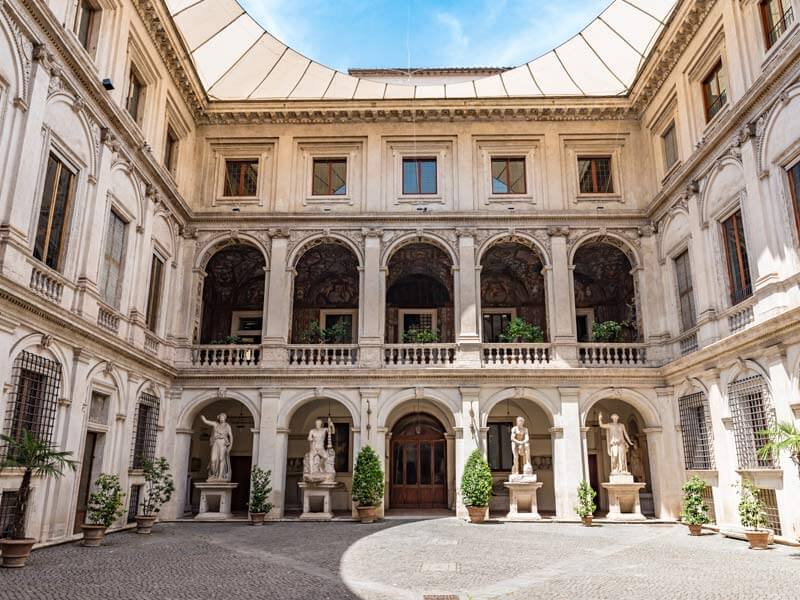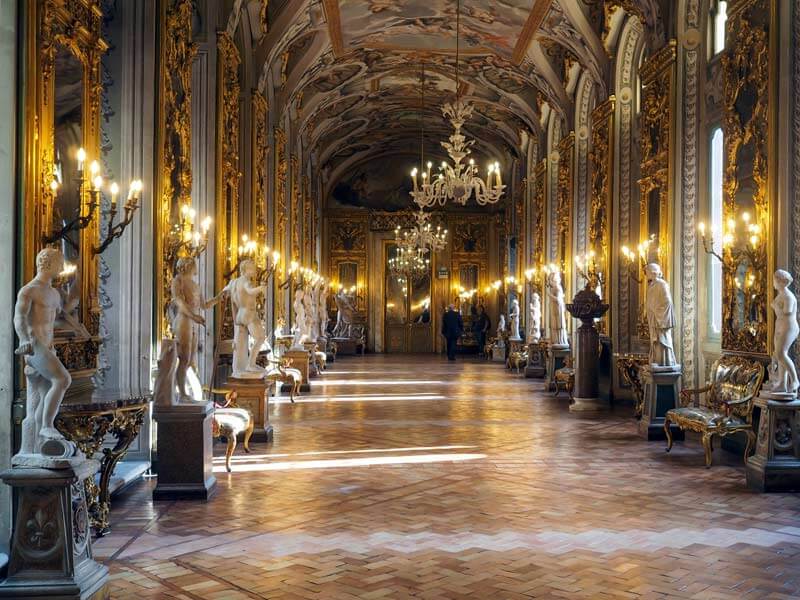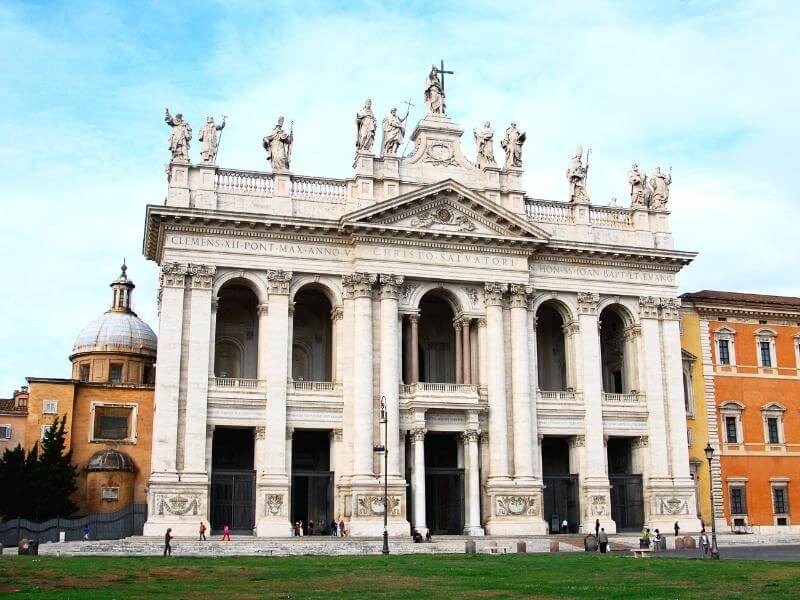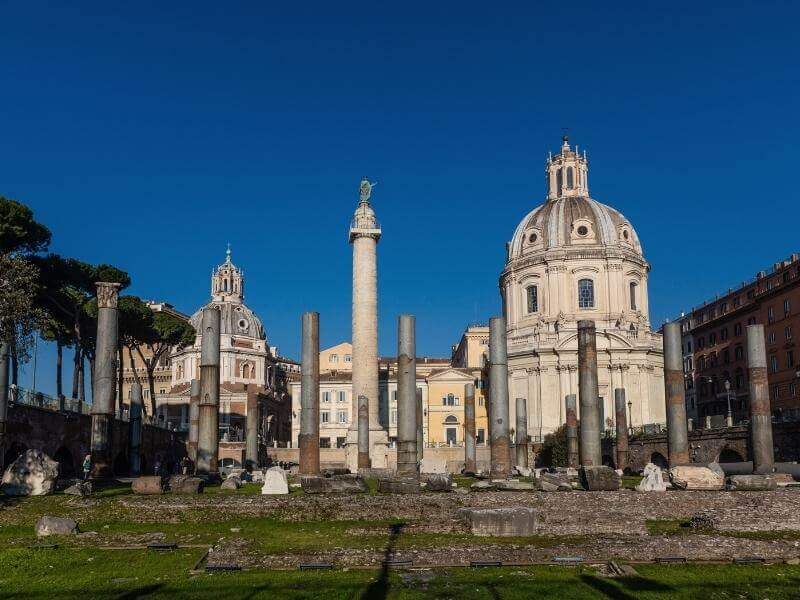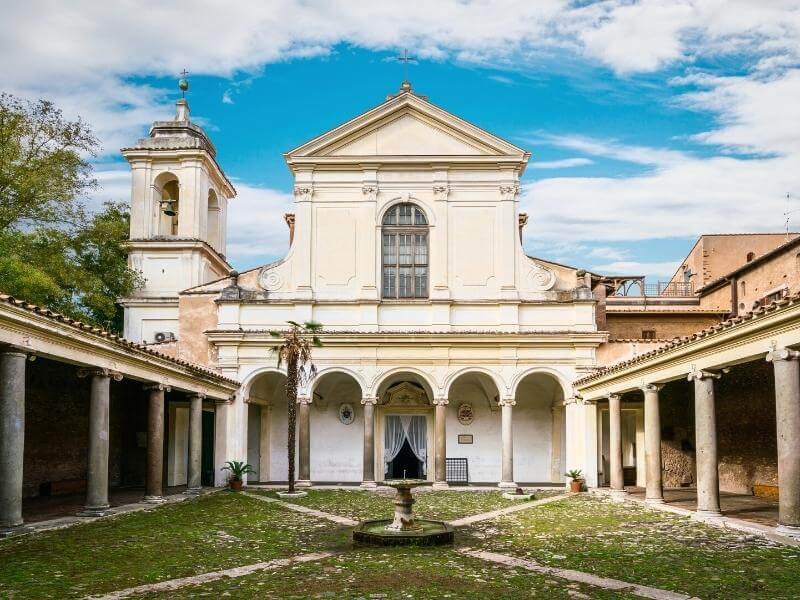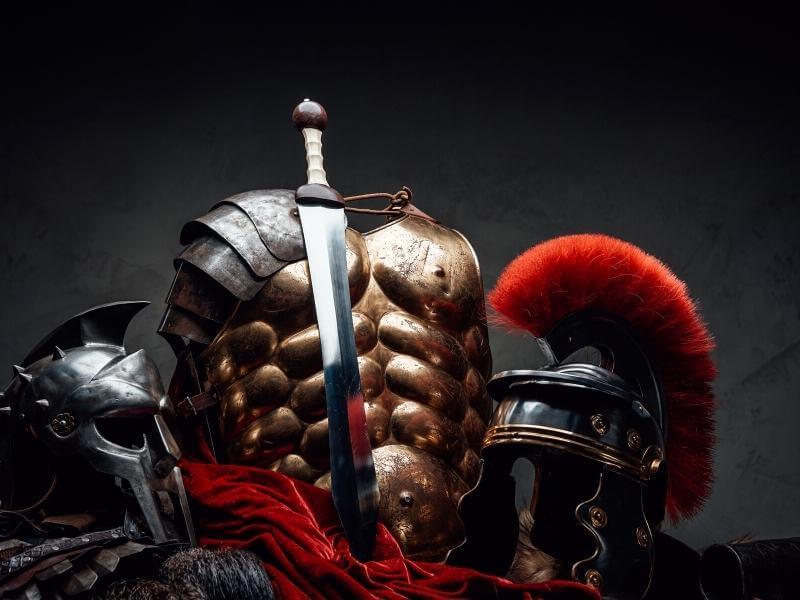Rome Attractions: 25 Best Things to Do in Rome, Italy
Welcome to the enchanting city of Rome, where history blends seamlessly with modernity, and where ancient wonders await your discovery.
In this article, we’ll unveil the best Rome attractions and invite you to explore the timeless treasures of the Eternal City. From the iconic Colosseum to the awe-inspiring Pantheon, Rome’s tourist gems are truly a sight to behold.
But it’s not just about history; there are also lots of other beautiful things to do in Rome like exploring the culinary paradise, with mouthwatering Italian cuisine around every corner!
In this article we present you the 25 best things to do in Rome, Italy that you should definitely explore during your city trip.

- Updated on
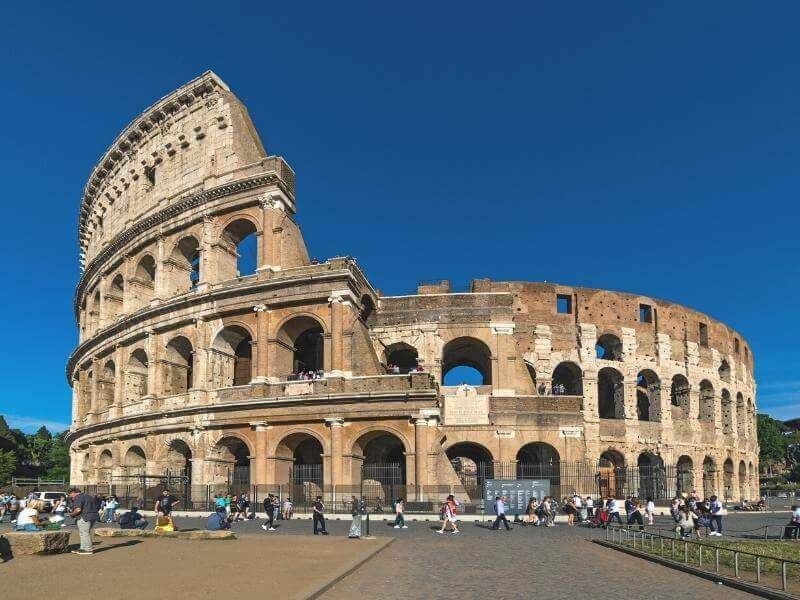
Top 3 Tourist Things to Do in Rome
We have summarized the 3 best attractions and an insider tip for you in advance:
1. Explore the 2000 year old Colosseum, Roman Forum & Palatine Hill!
The Colosseum is the absolute top attraction in Rome. The archaeological excavations of the Roman Forum as well as the Palatine Hill are only a few meters away on foot.
This ticket also allows you to avoid the queues! This is highly recommended, especially during the high season.
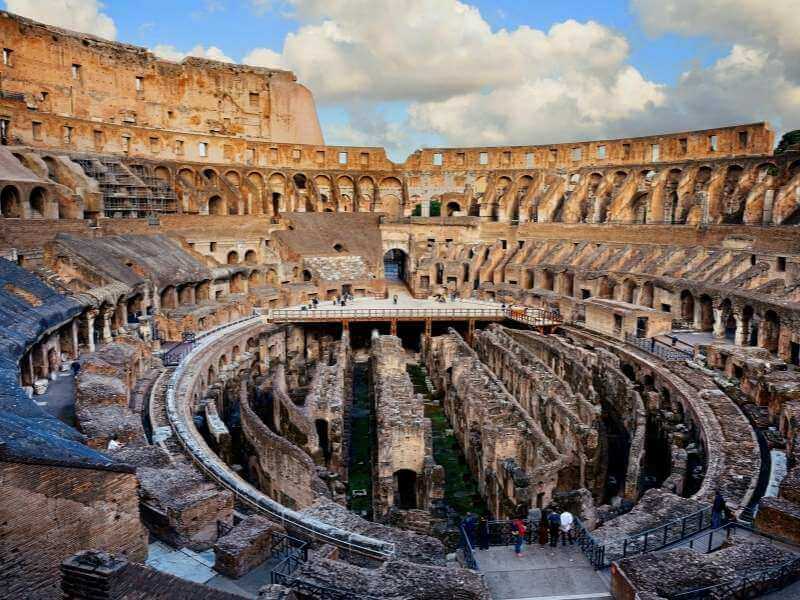
2. Guided tour: Vatican Museums, Sistine Chapel & St. Peter’s Basilica
Discover the papal art collections of the Vatican Museums, the frescoes of the Sistine Chapel, and St. Peter’s Basilica on this guided tour.
Thanks to preferential admission, you will save the long queues at the entrances of the Vatican.
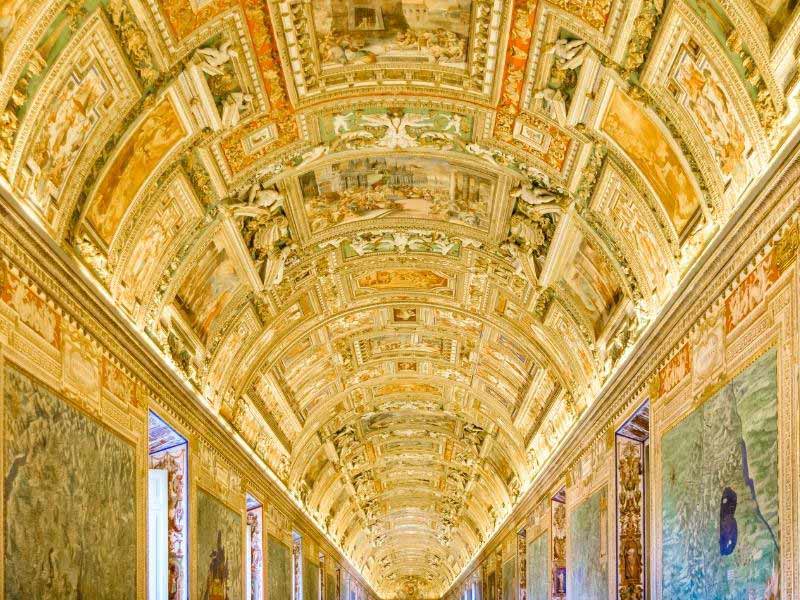
3. Discover the 2000 year old Pantheon!
The Pantheon is the oldest and at the same time the best preserved attraction in Rome. The construction was completed in 27 BC!
Guided tours of this historic monument last 40-45 minutes. Just a few meters away, by the way, is one of the best ice cream parlors in the city!
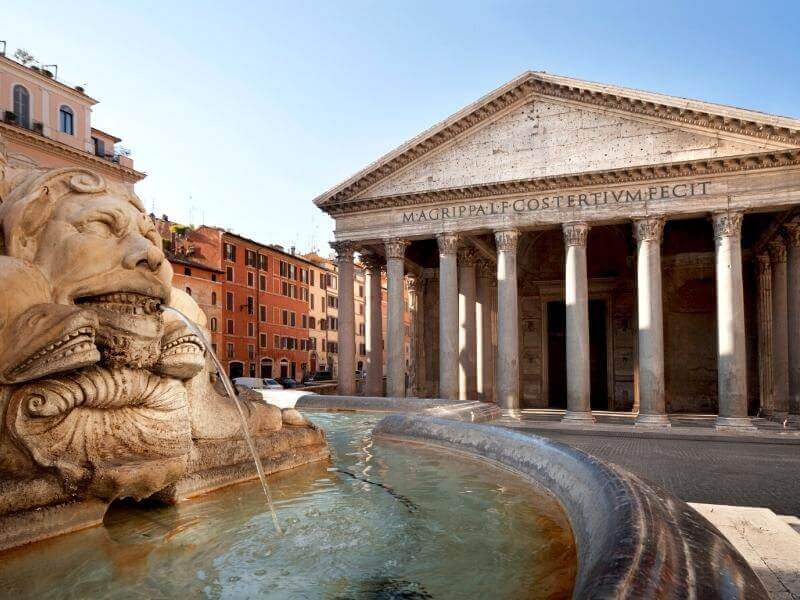
Autor
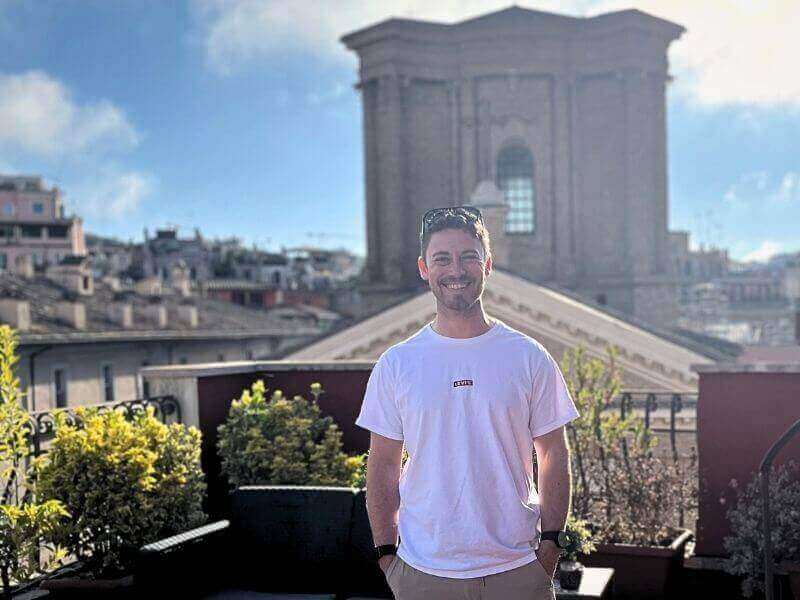
Welcome!
Welcome to Rome Tourist!
My name is Sebastian.
For me, Italy’s capital is one of the most beautiful cities in Europe!
I love the city’s amazing architecture and am particularly interested in its fascinating history!
Basti
25 Best Tourist Things to Do in Rome: Attractions, Buildings & Monuments
Still thinking about where to stay in Rome?
Then take a look at our hand-picked list of the best hotels in Rome!
At GetYourGuide you will find an extensive selection of tickets and tours in Rome. The best thing about it: you save valuable time as you don't have to wait in line at many sights.
What's more, most tickets can be canceled free of charge and the company has an excellent reputation!
Colosseum
Probably the most famous sight in Rome is the Colosseum. The nearly 2000-year-old building was the venue of notorious gladiator fights.
With more than 50,000 seats, the amphitheater is considered the largest arena ever built in antiquity.
To this day, the sight of the vast foundation of underground passages, barrel cages, armories, and trapdoors gives an idea of the spectacle that must have regularly taken place here.
Due to the high number of tourists (about 5 million visitors/per year), ordering the Colosseum tickets in advance is recommended.
Colosseum Ticket (Skip-The-Line)
St. Peter's Basilica
St. Peter’s Basilica (Basilica di San Pietro) is one of the eternal city’s prominent landmarks and the Pope’s residence.
According to legend, St. Peter the Apostle was crucified there, where the breathtaking St. Peter’s Basilica Dome is today.
The impressive basilica is located in the eponymous St. Peter’s Square, which is located in the smallest universally recognized state on earth, the Vatican City State.
The 120-year-old construction of the most important church in Rome began around 1506 and still attracts up to 20 million visitors annually. Thus, this “must-see” is one of the most visited sights in Rome.
Pantheon
The oldest building in Rome is the Pantheon. This impressive temple was commissioned by Marcus Agrippa, son-in-law of Emperor Augustus, and was first completed in 27 BC.
However, the Roman building already burned down in 80 AD, so it was rebuilt around 120 AD by Emperor Hadrian.
Even today, a Latin bronze inscription, “Marcus Agrippa, son of Lucius, built this temple when he was consul for the third time,” refers to the original builder of the building.
The gigantic dome inside the present church raises architectural questions to this day. It is believed that the incredibly elaborate structure must have been dedicated to the planetary gods.
Roman Forum & Palatine Hill
An absolute “must” for all those who want to dive deep into the history of Rome is the Roman Forum. Not only Rome was ruled from here, but the entire Roman Empire.
Accordingly, the feeling of finding oneself amid archaeological excavations and walking among triumphal arches and ancient columns is fascinating.
Palatine Hill is next to the Roman Forum and is considered the first home of the Romans. According to the latest excavations, it was possible to prove Latin settlements around 1000 BC.
Roman Forum Ticket (Skip-The-Line)
Hotel recommendations in the city center 😴
Are you looking for accommodation in Rome?
We have researched the best hotels in the city! -> Best Hotels in Rome City Center
Vatican Museums & Sistine Chapel
The papal art collections of the Vatican Museums are among the most important in the world, bringing together relics and artifacts from numerous eras.
The Sistine Chapel is located within the Vatican Museums and contains Michelangelo’s stunning paintings, among other things!
A total of 54 halls with art treasures are open to you here. The collection is the absolute highlight of all the museums in Rome.
These include oriental antiquities, paintings, and objects from antiquity, early Christian and medieval art, the Renaissance, and art dating back to the 19th century.
Due to the high volume of tourists, it is advisable to purchase tickets in advance, thus saving you waiting time on site.
Also check out:
Trevi Fountain
The Trevi Fountain, officially “Fontana di Trevi,” is probably one of the most famous fountains in the world and is considered one of the biggest tourist magnets in Rome.
The construction of the pompous baroque fountain took no less than 29 years and was finally completed in 1762. The building is considered the life’s work of the architect Nicola Salvi and is located in the alley “Piazza di Trevi.”
It symbolizes the kingdom of the ocean, with the sea god Neptune riding on a chariot toward the sea. According to legend, throwing a coin over your right shoulder into the Trevi Fountain will bring you luck!
You will fall in love with an Italian man or woman if you throw two. If you throw three coins, you marry your sweetheart or your beloved.
Spanish Steps
The Spanish Steps, or “Scalinata di Trinità dei Monti” was built from 1723-1725 and is located in the heart of Rome, east of the Tiber.
It is probably the most famous baroque staircase in the world, but undoubtedly the most famous in Rome. Today’s “Instagram hotspot” owes its name to the Spanish embassy once located here.
The 136 steps long staircase starts from “Piazza di Spagna” (Spanish Square) and goes up to the French church, the holy “Trinità dei Monti.”
There are also numerous shopping opportunities in the immediate vicinity and luxury boutiques such as Prada, Gucci, Versace, and Co.
Castel Sant' Angelo
The name Castel Sant Angelo was given to the tomb of Emperor Hadrian, completed in 139, by Pope Gregory the Great.
When he was in the present monument in 590, the archangel Michael appeared to him and announced the imminent end of the plague. Even today, the angel on the top of the building reminds me of this vision.
Thanks to its strategic location directly on the Tiber, the former mausoleum was expanded in the 3rd century to become the strongest fortress in Rome.
Finally, in the 15th century, magnificent papal chambers were built here, which were furnished with valuable art treasures.
Piazza Navona
The baroque-designed Piazza Navona is a highly worth-seeing and lively square in Rome. In the times of Julius Caesar, a racecourse was located on an elongated area, which today features three fountains, among other things.
The center of Piazza Navona is the Fountain of the Four Streams with the Obelisk (architect: Gian Lorenzo Bernis). Pope Innocent X commissioned this in 1651.
Whether you visit the ancient stadium excavations or grab a coffee at one of the adjacent sidewalk cafes, Piazza Navona is worth a detour.
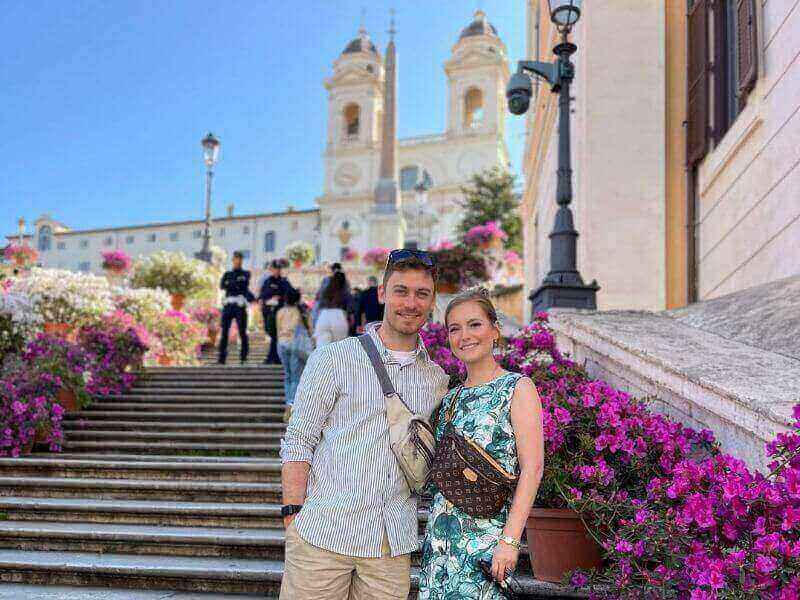
Welcome!
We are Allie & Sebastian. Rome is one of our absolute favorite cities!
After our fifth trip there, we decided to share our insider tips and experiences with other travel enthusiasts!
Our recommendations: This travel blog contains referral links. If you book something through one of our partner links, you will not incur any additional costs! We receive a small commission, which helps us to continue providing our readers with free information and experiences.
Galleria Borghese & Villa Borghese
If you want to take a little breather during your city trip, Villa Borghese Park, one of Rome’s largest and most beautiful parks, is the place to be.
The park’s name comes from the noble family of the same name, the Borghese, who owned the estate until 1901 when it became the property of the city of Rome.
In the middle of the park, there is also the Galleria Borghese, a fascinating museum with one of Europe’s most famous art collections.
Here you can see world-famous works by Leonardo da Vinci, Caravaggio, Raphael, Bernini, and Titian, among others.
Tickets & Tours
Trastevere
The lively district Trastevere is full of narrow alleys, cozy cafés, and street artists, all of which exude the typical Italian charm.
Amid important villas from the 16th century, numerous bars and restaurants invite you to linger. There are also several churches to visit, such as Santa Cecilia or Santa Maria Basilica.
A visit to the vibrant district “on the other side of the Tiber” (Latin: trans Tiberium) is worthwhile both during the day and in the evening.
Via Appia Antica
One of the oldest streets in Rome is the Via Appia Antica. It was completed in 312 BC and named after its founder, “Appius Claudius Caecus.”
The Via Appia was a strategically important piece of the puzzle in Roman times. As early as 190 BC, the cobblestone-paved road led as far as the southern Italian city of Brindisi, the “Gateway of the Orient.”
The rapid movement of troops and the excellent trade routes laid the foundation of Roman superiority.
Today, the 2000-year-old road is best explored on a bicycle. Therefore you can enjoy the beautiful road that leads into the middle of the attractive Campagna Romana. You will even pass a massive herd of sheep if you’re lucky.
Baths of Caracalla
Another item on our list of the most impressive sights in Rome is the Baths of Caracalla from the 3rd century AD!
Although a large part of the construction was looted or damaged by earthquakes, tourists still get a breathtaking glimpse of the gigantic dimensions of this thermal bath.
At the time of Emperor Caracalla, the baths had a capacity of up to 2,500 Romans. The huge spa is said to have been in use for about 300 years.
Circus Maximus
The Circus Maximus was the most significant arena of the ancient world. With a length of 600 meters and a width of 140 meters, the circus held up to 250,000 spectators at peak times.
Legendary chariot races were held here until the 6th century when the Romans gradually removed the stones of the massive grandstands for other buildings.
Today, not much can be seen of the original stadium. However, the vast field and isolated ruins give an idea of how enormous the Circus Maximus must have been.
Basilica di Santa Maria Maggiore
The Basilica di Santa Maria Maggiore is one of four papal basilicas, seven pilgrim churches in Rome, and the most important of over forty Marian churches in Rome.
Pope Coelestine I had the church built (422-432) on Esquiline Hill. Particularly unique is the ceiling pattern designed by Giuliano da Sangallo, which his brother Antonio was later allowed to put into practice.
Tickets & Tours
Ostia Antica
The ancient port city of Ostia Antica is just over an hour’s drive from the center of Rome and offers its visitors a considerable amount of well-preserved excavations.
On about 100 hectares, tourists can explore the Roman ruins at leisure. Ostia reached its heyday in the 1st century AD when the port city had around 50,000 inhabitants.
It was considered a multicultural city; today, tourists can look at the remains of synagogues, Mithras sanctuaries, and Egyptian temples.
Tombs, theaters, thermal baths, bakeries, taverns, remains of the city walls, brothels, dyeing factories, and trade offices are among the excavations of this site, which are better than average.
Capitoline Museums
The Capitoline Museums were founded in 1471 by Pope Sixtus IV. The museum is located on Capitoline Hill and is considered one of the oldest museums in the world.
It houses unique artifacts and archaeological excavations from the 1st – 17th centuries! The Colosseum, the Roman Forum, and the Palatine are in the immediate vicinity of the two museum buildings.
Due to its central location, tourists can wonderfully combine a visit to the Capitoline Museums with other sights in the immediate vicinity.
Monumento a Vittorio Emanuele II
One of the most striking buildings in Rome is the monument to the first Italian king, Vittorio Emanuele II (1820 -1878). The construction time of the Monumento a Vittorio Emanuele II was no less than 42 years.
In memory of the unification of Italy, the white monument is also called Vittoriano, wedding cake, or typewriter.
At first glance, one might think this is a classic government building. However, inside the monument is the “Museo del Risorgimento,” which houses Italian state symbols.
The paid ride to the roof terrace of the building is worth it; from here, you have an impressive 360-degree view of Rome.
Domus Aurea - Nero's Golden House
Domus Aurea, also known as “Nero’s golden house,” was built after the fire of Rome in the 1st century. This palace was to eclipse everything made until then.
Thus, a bronze figure of the emperor, 35 meters high, is said to have stood at the entrance. Another highlight of the monument is the octagonal dining room of Nero.
As the restoration work continues to require a high level of effort, guided tours are currently only available on Saturdays and Sundays. Tickets must be booked online and are now available in English, Spanish, Italian and French.
Museo Nazionale Romano
If you are looking for a little “insider tip” during your trip to Rome, you might find it at the Museo Nazionale Romano.
The Roman National Museum contains a promising collection of original art on a total of 4 floors. There are lots of sculptures and other highlights to see.
As a rule, this museum is far less crowded than many others, which makes the stay all the more pleasant. If you are interested in antiquity, you should not miss a ticket including an audio guide.
Palazzo & Galleria Doria Pamphilj
Galleria Doria Pamphilj contains one of Rome’s most exciting private art collections. The gallery is located in Palazzo Doria Pamphilj, built in the 16th century.
Art lovers will have a great time here. The Doria family’s private art collection includes works by Caravaggio, Raphael, Parmigianino, Lorenzo Lotto, Jacopo Bassano, and many others.
Divided into ten halls, including a ballroom and a throne room, you can dive deep into art history here.
Basilica di San Giovanni in Laterano
As one of the seven pilgrimage churches and one of the five papal basilicas of Rome, the Basilica di San Giovanni in Laterano enjoys exceptionally high status.
Next to St. Peter’s Basilica, it is the most important church in Rome. It was Emperor Constantine who ordered the construction of the archbasilica in 313.
Due to repeated looting by Germanic tribes and a devastating earthquake in 896, the church had to be repaired and restored multiple times.
In the treasury of the basilica are kept tremendously valuable relics. Thus, even the St. John the Baptist shrine is located in the Lateran Basilica.
Le Domus Romane di Palazzo Valentini
The excavation site Domus Romane combines an exciting mix of archaeological finds and a visual virtual reality. Under Palazzo Valentini, you can visit the bathhouses of influential Roman families.
Visual effects accompany the underground tour so the visitor can be offered the most realistic and close reconstruction of the private baths, including wall frescoes and mosaics. Due to the small group sizes, booking the tours online in advance is recommended.
Basilica di San Clemente al Laterano
The Basilica di San Clemente al Laterano is one of the most extraordinary churches in Rome! It’s about a 10-minute walk from the Colosseum. Unlike most of Rome’s basilicas, this church does not boast any precious relics or the like.
Instead, under the so-called upper church (built in 1108), there are two other “layers.” Under the first visible basilica of San Clemente, another basilica was built in 384.
Under this lower church, in turn, is Roman construction from the 1st to 3rd century! So if you want to visit a “somewhat different” church besides all the churches in Rome, you should probably not miss the Basilica of San Clemente.
Gladiator Museum Rome
If the visit to the Colosseum has aroused your curiosity, you might want to take a look at the Gladiator Museum Rome.
On a comparably small show area, replicas of armor, weapons, helmets, and masks of gladiators and the Roman military are presented here.
Even though the museum is comparatively tiny, die-hard gladiator fans will probably get their money’s worth with an entrance fee of about 10 dollars.
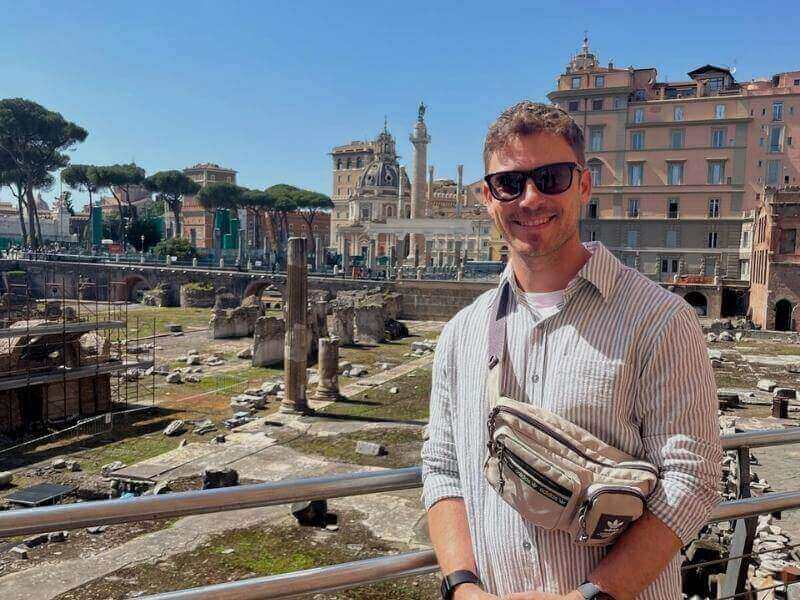
Sebastian
Welcome to Rome Tourist!
My name is Sebastian.
For me, Italy’s capital is one of the most beautiful cities in Europe! I love the city’s amazing architecture and am particularly interested in its fascinating history!
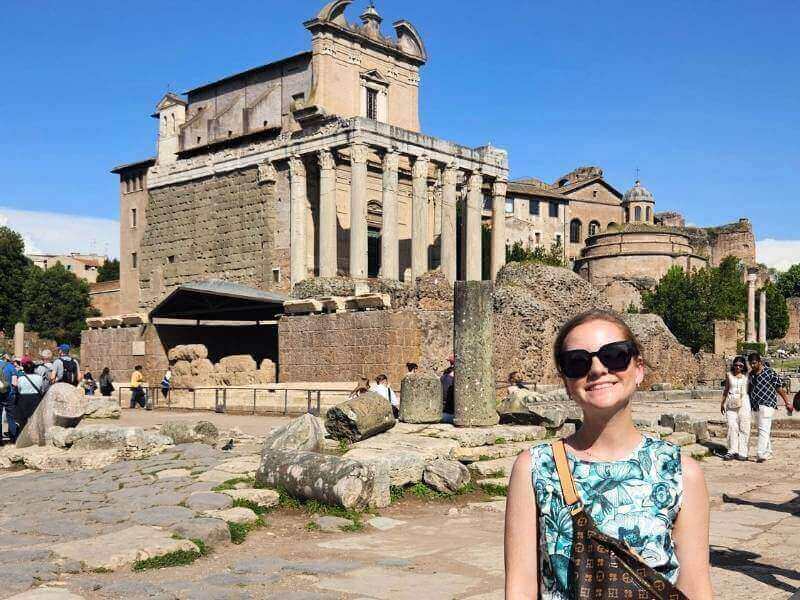
Allie
Hello everyone!
I’m Allie and I love the great food and relaxed atmosphere in Rome! My favorite thing to do is stroll through the streets of the Eternal City with a coffee to go.
Did you know that …
By purchasing through our links, you support us at no additional cost.
Thank you for your support. ♥️
via GetYourGuide
via Booking.com
Find Flights to Rome
via Skyscanner
Discover more Rome guides:

